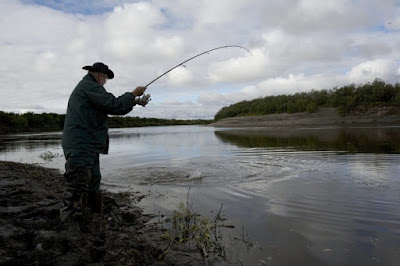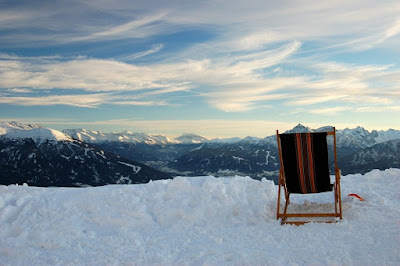Freshwater fishing baits usually differ from saltwater ones. Good natural freshwater fishing baits include worms, leeches, minnows, crayfish, crickets, and grasshoppers. For more information, here are some of the best freshwater baits to use for your target fish!
Remember to check your local fishing policies first, since many lakes do not allow the use of rough fish minnows as freshwater bait because rough fish can take over a lake and starve-out the game fish.
Freshwater Worms
Red wigglers, garden worms, and nightcrawlers are the three types of freshwater worms commonly used to catch fish. These popular game fish can be fished singly, cut into pieces or several on a hook.
Insects
Insects that make great freshwater baits include ants, beetles, grasshoppers, crickets, and caterpillars. Panfish, sunfish, and trouts adore these creatures, especially brown trouts to ants. Smallmouths and large trout prefer immature versions of mayflies, stoneflies, caddis, hellgrammites and dobsonfly larvae.
You can buy insects in bait shops, but if you are skilled in catching them your own, you can save a few bucks! Ants can be gathered from a nest and large insects can be captured with a net.
Minnows
Minnows can be found in ponds, lakes, and streams. They are the principal natural food of any freshwater fish, so they will surely make catching easier. Two of the most common and hardiest minnows used for bait are shiners and chubs.
Screen sides or hole should be drilled in floating bait buckets to allow water circulation and to keep these minnows alive. You can also use an electric air pump to keep them lively in a bucket or cooler.
Crayfish
These crustaceans need to be wet and cool to stay alive longer. Their hard shells shed from time to time. The soft-shell stage is the best time to use crayfish for bait. The tail meat is good panfish bait. Bass prefer crayfish whole and alive, while catfish will eat dead crayfish.
Leeches
Leeches are one of the best ways to catch a walleye and a northern pike. These live freshwater baits are readily available at shops and can be kept in a refrigerator for several days. They should be hooked through the sucker in the tail. Leeches have suckers at both ends. But the tail sucker disk is larger than the head disk.
Remember not to fish leeches faster than they can naturally swim since the swimming motion is the attraction. Give them at least an hour to adjust to the new temperature if you’re placing them in your live well. This is so that they can stretch and swim as naturally as possible.
Catfish Stink baits
These smelly baits are irresistible to catfish, which find food by taste or odor. The baits are made commercially or from home recipes with smelly cheeses, dried chicken blood, sour clams along with other secret ingredients. The bait works best pasted on sponge strip on a hook
Freshwater Clams and Mussels
If you’re fortunate enough to have mussels in your area, you can use them as freshwater bait for catching native fish. Remember to gather them from shallow waters before or while you fish so that they will be kept fresh.
Crack the shell open, cut out the clam or mussel and allow the bait to harden slightly in the sun so it stays on the hook. Tie mussels on to the hook with thread, taking care not to pull too tight.
Dough Balls
Carps, catfish, and trouts love dough balls because of their cotton, oils, and other substances that give it a great odor. Dough balls are commercially made, come in a can and are labeled for specific fish, such as trout, panfish, catfish, and carp. You can also make your own dough balls at home instead of buying them!
Learn More:
Reference Link: https://primitivesurvivors.com/top-freshwater-fishing-baits/








